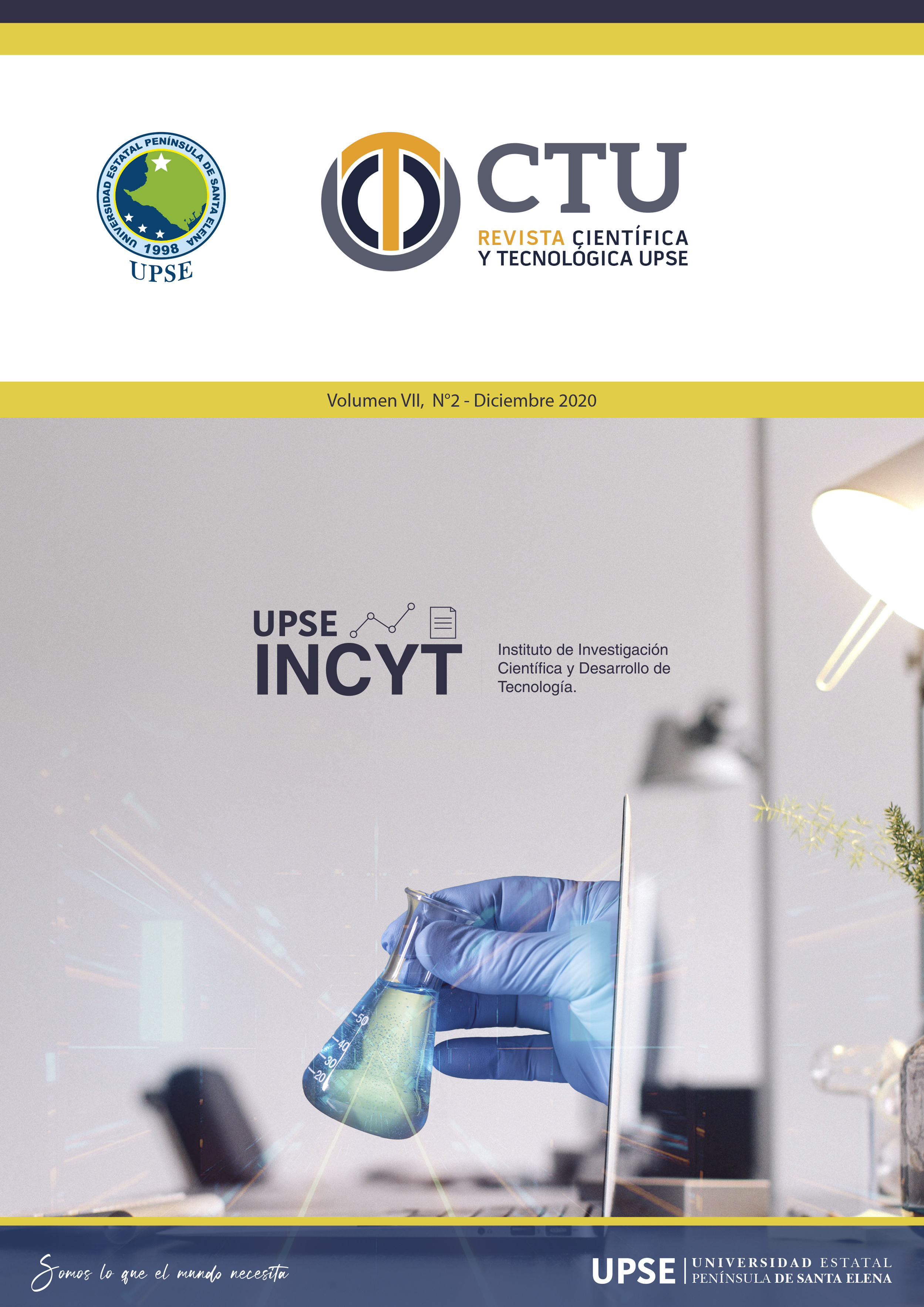Performance MariaDB and PostgreSQL
DOI:
https://doi.org/10.26423/rctu.v7i2.538Keywords:
Database, SQL, DBMS, performanceAbstract
The storage of information in databases is an important issue for every organization today. They are the Database Management Systems known as SGDB in charge of hiding the complexity that the administration of the databases entails. It is common that millions and millions of data are stored every day even more because today there are new trends and demands for the processing of large volumes of data at high speed. Therefore, it is essential that the DBMS have a correct performance to face these new demands. This work shows the results obtained when performing performance tests on the MariaDB and PostgreSQL Database Management Systems, applying the three-layer architecture for the test scenarios. Both DBMS are powerful and widely used by different systems. The results obtained are related to the number of requests per second processed by these systems. In this case, MariaDB was superior to PostgreSQL as the number of users that performed in different scenarios increased thanks to its search engines that generate better data processing speeds.
Downloads
References
Acens. 2014. “Bases de Datos NoSQL .Qué Son y Tipos Que Nos Podemos Encontrar.” 7.
Acosta Gonzaga, Elizabeth, Jesús Antonio Álvarez Cedillo, and Abraham Gordillo Mejía. 2006. “Arquitecturas En N-Capas: Un Sistema Adaptivo.” Polibits 34:34–37.
Amazon, AWS. 2019. “Bases de Datos SQL | AWS.” Retrieved February 6, 2020 (https://aws.amazon.com/es/relational-database/).
Apache Foundation Software. 2019. “Apache JMeter -Apache JMeterTM.” Retrieved February 1, 2020 (http://jmeter.apache.org/).
DB-Engines Ranking. 2020. “Ranking of Database Management Systems.” Retrieved April 3, 2020 (https://db-engines.com/en/ranking).
Diez del Valle, Alvaro, and Diego Torreño. 2016. “Comparativa de Rendimiento de Consultas Entre Sistemas Relacionales Oracle y MySQL.”
Durán, Jhonatan, Eduardo Tandazo, Mario Morales, and Santiago Morales. 2019. “Ingenius.” Ingenius. Revista de Ciencia y Tecnología (22):47–58.
Dynatrace, Enterprice. 2018. “Estudio de Páginas Web.” Retrieved February 6, 2020 (https://www.dynatrace.com/news/press-release/el-76-de-las-empresas-vaticina-que-en-poco-tiempo-sera-imposible-gestionar-el-rendimiento-de-las-aplicaciones-de-negocio-por-la-complejidad-tecnologica/).
Falc, Diego Alberto. 2011. “Comparativa de Herramientas Para Aplicar Pruebas de Estrés y Desempeño Para Aplicaciones Web.”
Foundation, Mariadb. 2019. “MariaDB.” 1–5.
Gunjal, Bhojaraju. 2003. “Database Management: Concepts and Design.” In Proceedings of Knowledge Management in Special Libraries in Digital Environment : XXIV All India Conference of IASLIC, 15-18 December (February):385–98.
Maila, Fernando. 2017. “Evaluación de Herramientas Open Source Para Pruebas de Fiabilidad y Rendimiento de Apliacaciones Web.”
Martín Escofet, Carmen. 2013. “El Lenguaje SQL.” 1–42.
Molyneaux, Ian. 2009. The Art of Application Performance Testing. O’Reilly Media, Inc.
Performer, Silk. 2017. “Pruebas de Carga Resumen Ejecutivo.”
Pilicita, Anabel. 2016. “Diseño e Implementación de Una Aplicación Web, Para Su Posterior Análisis Mediante Dos Tipos de Base de Datos.” 1–100.
Portilla Tovar, Johan Alexander, and Mireya Bernal Gómez. 2018. “Comparación Del Rendimiento de Los Comandos Insert, Select y Delet En Los Sistemas Gestores de Bases de Datos Oracle y MYSQL.” Inventum 12(23):10–21.
Zea Ordóñez, Mariuxi Paola, Jimmy RolandoMolina Ríos, and Fausto Fabían Redrován Castillo. 2017. Administración De Bases De Datos Con Postgresql.
Downloads
Published
Issue
Section
License
El titular de los derechos de autor de la obra, otorga derechos de uso a los lectores mediante la licencia Creative Commons Atribución-NoComercial-CompartirIgual 4.0 Internacional. Esto permite el acceso gratuito inmediato a la obra y permite a cualquier usuario leer, descargar, copiar, distribuir, imprimir, buscar o vincular a los textos completos de los artículos, rastrearlos para su indexación, pasarlos como datos al software o usarlos para cualquier otro propósito legal.
Cuando la obra es aprobada y aceptada para su publicación, los autores conservan los derechos de autor sin restricciones, cediendo únicamente los derechos de reproducción, distribución para su explotación en formato de papel, así como en cualquier otro soporte magnético, óptico y digital.












